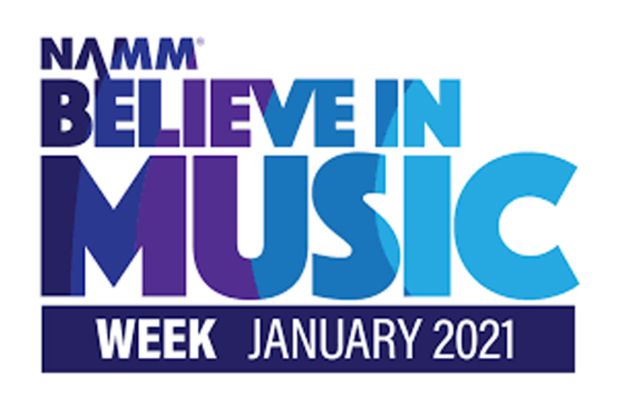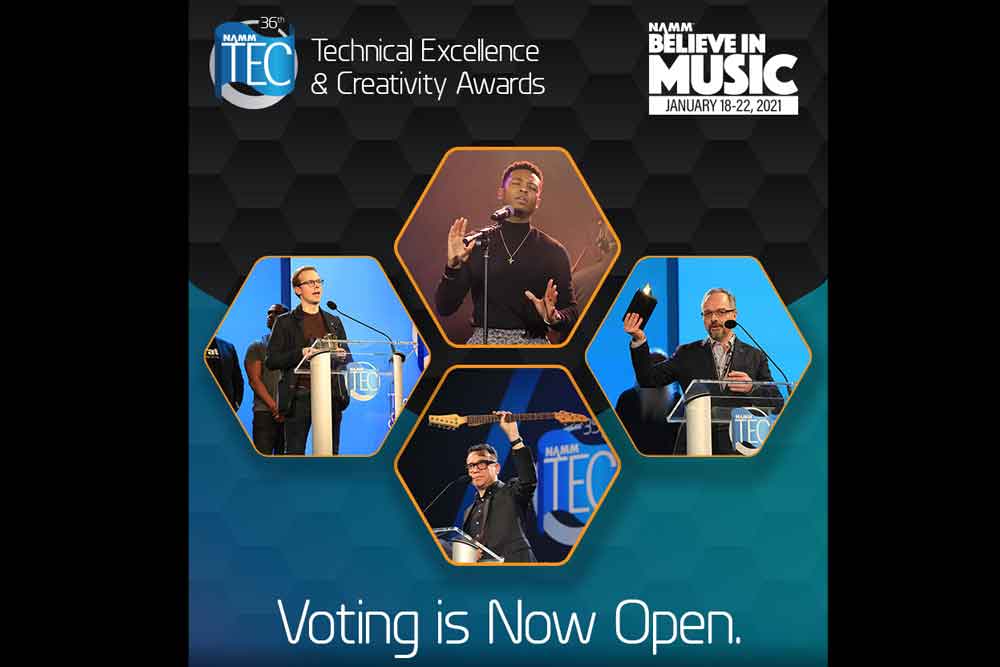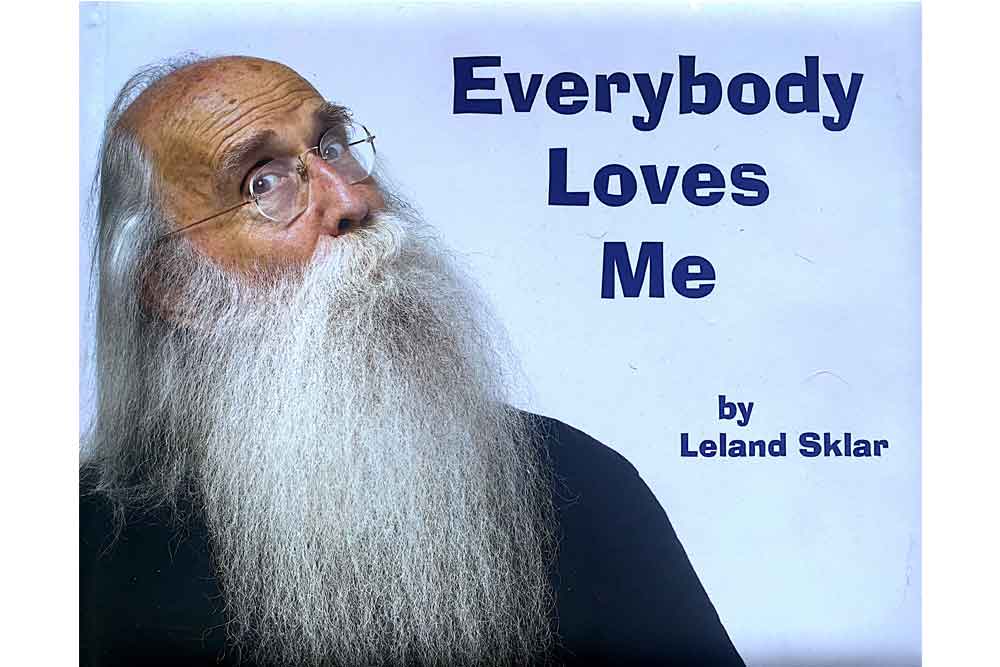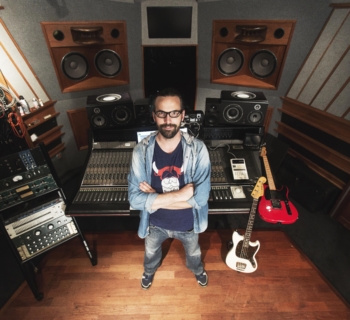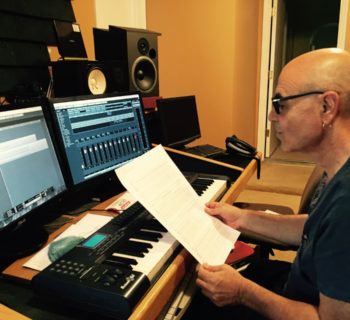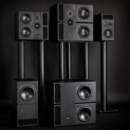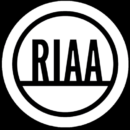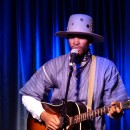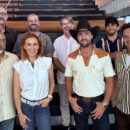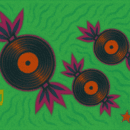For nearly two decades, lifelong drummer and avid motorcyclist Joe Lamond has stood at the helm of NAMM as its president and CEO. The organization’s seeds were sown in 1901 when it began as an association of piano manufacturers and dealers. NAMM’s annual trade show––the aptly named NAMM Show––was held in a variety of locations over the years until it settled in Anaheim in 1980. Ultimately, it grew into what it is today: a place for retailers, artists and manufacturers to meet, network and celebrate both music and life. NAMM 2021 will take place entirely online Jan. 18 - 24.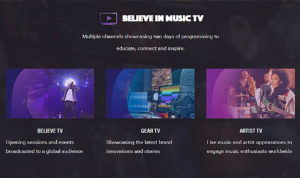
As 2020 became increasingly dire, Lamond and his team faced a daunting challenge. The global COVID pandemic had rendered a live happening impractical and, indeed, dangerous to the point of impossibility.
So in July the decision was made to cancel the in-person event––a spectacle that is typically attended by 115,000 people––and migrate the entire operation to cyberspace. That is, rather than simply accept 2021 as a total write-off, Lamond and his nimble team have taken broken guitar strings and spun them into strands of gold. Now upward of 150,000 online attendees are expected.
“The amount of time it takes to plan a safe gathering like the NAMM Show has a huge lead-time,” Lamond says. “Back in July I’d be on Zoom calls with tour managers who expected to return to the road by the fourth quarter. Obviously, that hasn’t happened. There was so much we didn’t know and I needed to make a decision. We had to have a plan in place by August. The governor was in the midst of putting large events like ours into stage four [of reopening]. I was compelled to make the call and knew that I had to stop that train, because once it starts to roll, we can’t stop it. It was a tough choice, but also fairly obvious. The harder part was coming to grips with what that meant. A NAMM show hasn’t been cancelled since 1944. If you skip a year, do companies then say ‘We don’t even know if we need a NAMM Show anymore?’ So instead of focusing on what we couldn’t do, we focused on what we could do and that’s where Believe in Music came from. I told my team from the start that we’d move fast, make mistakes, fix them and then move fast again.”
To transition what has always been an in-person affair to an exclusively online event was decidedly uncharted territory. Even for a purely tech outfit this would have proven a significant undertaking. “We hadn’t done it before and you never get to skip your first time doing something,” Lamond explains. “There was even the question of whether we should do anything [for 2021]. We needed to figure out the platforms that were available to us. We didn’t want to call it the virtual NAMM Show because it’s not. To me, the NAMM Show is the NAMM Show. It’s all about walking onto that campus and experiencing 1.6 million square feet of beautiful instruments and seeing all of your friends and the concerts. So stating that we’d do a virtual show didn’t seem plausible.
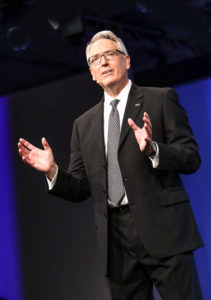
Joe Lamond
“We needed a platform that could do three things,” Lamond continues. “Provide a marketplace (because new products drive any industry), an education outlet and a way to livestream on multiple channels. It was hard to find one that did all three and it took some time. Ultimately we chose this fantastic service called Swapcard. They’ve been a great partner so far. The only downside is that they’re so good that everyone’s using them now. The upside is that they come out with improvements every week. Right now we’re storyboarding what the two days of live content will be.”
But of course technology was only part of the gigantic puzzle. Lamond found that his approach to potential participants also had to be adjusted. “There was a lot of skepticism, as there should be,” he recalls. “Everyone was still reeling from the events of the year and in some ways, once companies realized that they wouldn’t be doing the NAMM Show, they thought ‘OK. Let’s not think about this anymore.’ But then we came and said things like ‘But we’ve got this now.’ At first, Chris Martin, the chair of NAMM and chairman and CEO of C.F. Martin, wasn’t into it. Finally around Thanksgiving he said ‘OK: we get it. We think this is going to be a good thing for us.’ It took a lot of work to convince him. It wasn’t one or two calls. It was more like ten. We’re at six hundred-plus companies now and we’ve already exceeded our sales goal. On the retail side, the question is ‘How long can we expect someone to stare at a screen for a few days?’ When we’re live in Anaheim, we’re 24-7 with no distractions. Luckily, the education will all be recorded and available for a month afterwards. I think people will go back and spend more time on the site weeks later.”
Key to NAMM 2021 will be Believe in Music TV, which will feature scads of livestreamed content. Indeed, for the Thursday of launch-week, Lamond’s interview with Garth Brooks will be streamed live. “It’ll be like a normal breakfast session,” the CEO says. “We’ll also have some live segments in which I’ll Zoom with a company and ask who their unsung hero is. I want to talk with someone at Paul Reed Smith at the [luthier] bench and ask what they do and how long they’ve been there. We’ve got content that will come in from around the world; there will be music interludes from 50 different countries. The whole two-day focus will be on the music education charities that help kids have access to music, for which we’ll have close to half a million dollars in matching funds.” Beneficiaries will include Little Kids Rock, Guitars in the Classroom and MusiCares. Some of the content will be pre-recorded but all of Lamond’s spots will be live. If this goes well, aspects of it may figure prominently in future NAMM shows.
Lamond sees NAMM 2021 not only as an opportunity to harness technology for the future, but he’s also found ways to make it better than past shows. “We’ll be freed-up from time and space,” he asserts. “That’s given us a lot of flexibility. In the past, it’s been impossible to see everything at NAMM. Once something’s over, it’s gone forever. On this platform, attendees can be at multiple places concurrently. They can monitor a session while they view a new product in the Marketplace. I look at this as you’ll now have a twin; that you can be in two places at once. That’s my theory going forward. When we get back to physical shows, having a robust platform like this will allow everyone to be in more than one place at the same time. They’ll be able to see and do more.”
The three most important lessons Lamond has drawn from this bold foray into the future are:
1. “We lost about 90 percent of our revenue this year. I’ve learned that it was crucial for us to have reserves. Because we did, we were able to keep the team together and produce this event. Sometimes we’ve been criticized for having this rainy day fund. Well: it rained.”
2. “This crisis has affected everyone in the industry. But no two people were affected in the same way. Some stores were shut down, yet some online businesses continue to thrive. Disasters like this aren’t shared equally and it makes it particularly painful for some.”
3. “I’ve realized how much I miss my team. We’ve been a virtual office since March 16. With little exception, I’ve seen half a dozen people here since then.”
Technology that is proven at NAMM 2021 will likely serve to shape the appearance and experience of NAMM going forward. “There’s a physical capacity of how many people can attend a show,” Lamond observes. “The building is only so large. The virtual event will give access to, for example, 10,000 guitar players in Japan to see a lot of the things they’d only have seen had they come to NAMM in person. By 2025, people may be able to attend virtually from all over the world and actually be in the show. This is the path forward for us.”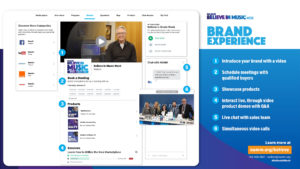
Once NAMM 2021 has wrapped, Lamond will hop on his motorcycle and cruise along the coast for a week. This is partly in celebration, partly to clear his head and, indeed, partly to conceive and nurture new ideas. Such has been his tradition for years.
To reiterate, NAMM 2021 will kick off on Monday, January 18, with programming across the week cumulating in two days of livestreamed content: Thursday, January 21 and Friday, January 22. Participants are urged to register well in advance of Jan. 11 when they’ll be able to create their profiles, which will allow the platform to match them with programs. Early registrants will also receive regular updates. All events will be free.
For more information see attend.believeinmusic.tv

